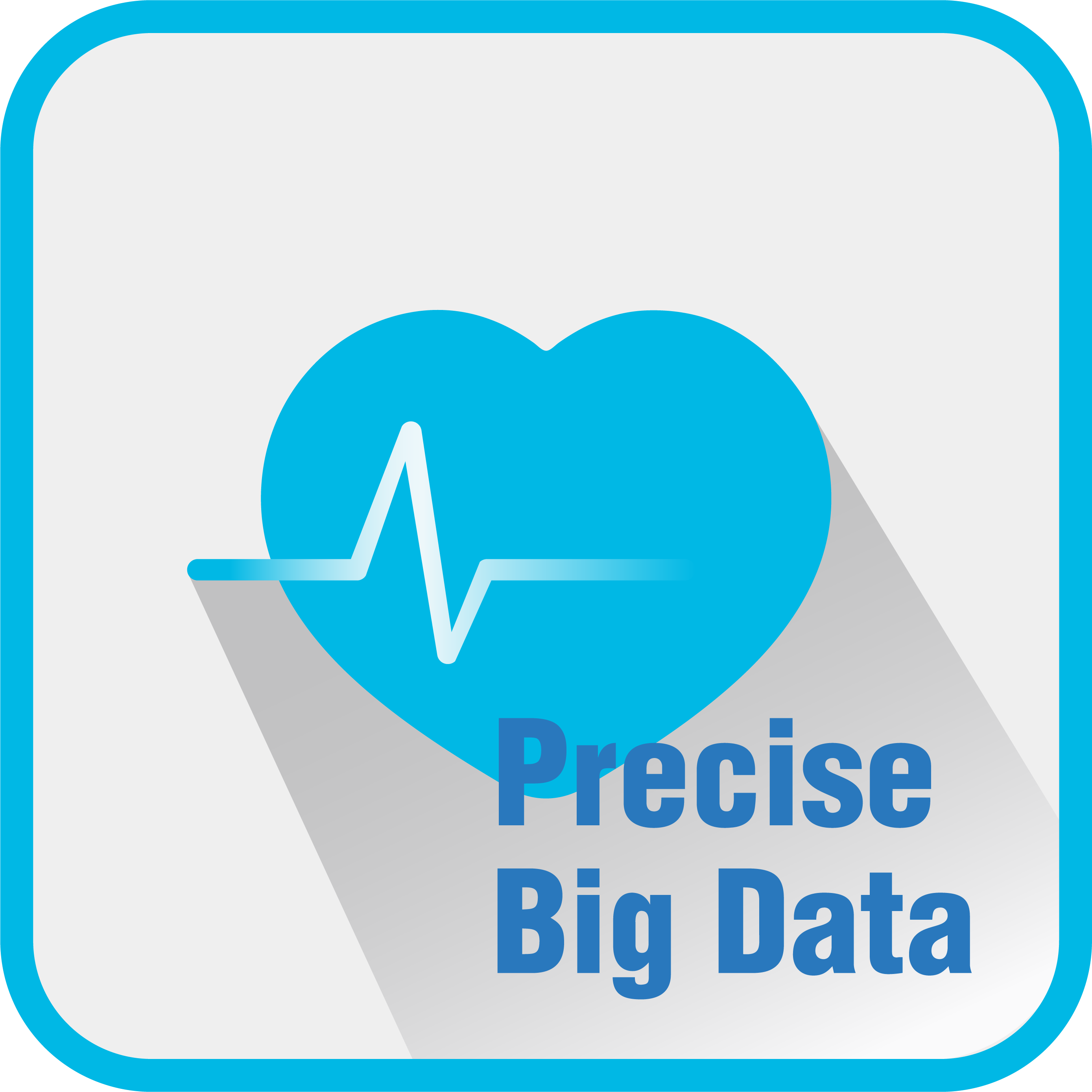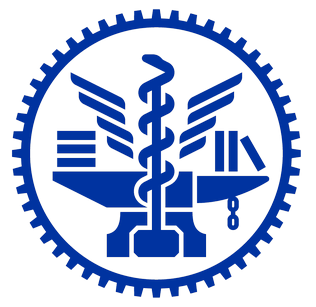Enterprises

Precision Biotech
Official Website:http://www.bigdatamobile.tw/index_ch.html(另開新視窗)

Company Description
Industry Star Participation in Company Research Practice:







Ventricular Hypertrophy (VH) is a common heart structural abnormality, categorized into Left Ventricular Hypertrophy (LVH) and Right Ventricular Hypertrophy (RVH), with LVH accounting for the majority of cases.
Recent studies show that combining machine learning technologies can significantly enhance LVH screening capabilities. These algorithms can automatically analyze large amounts of electrocardiogram (ECG) data to identify potential patterns that traditional methods may miss, thereby improving diagnostic sensitivity and specificity.
With the fast transmission provided by 5G technology, complex and detailed analysis data and dynamic imaging can be presented in real-time, offering more convenient support tools for medical professionals.
The development of 5G smart healthcare applications focuses on the analysis and presentation of non-invasive physiological signal data, including AI-powered interpretation, communication encryption, and cloud platform functionality.
Using 5G communication and AI intelligent platforms, ECG information can be collected and analyzed non-invasively in real-time to determine if LVH symptoms are present, and notifications can be sent to relevant individuals immediately.
This technology not only expands the ECG measurement field from hospitals to home patients and even the general public, but also enables real-time symptom interpretation, providing an innovative, non-invasive solution for the early detection and remote monitoring of cardiovascular diseases.
The required tasks can be categorized as follows:
Data analysis
Signal processing
AI modeling
Communication protocol encryption/decryption algorithm design
Bluetooth transmission processing
Front-end platform design
Back-end platform design
#5GCommunication #DataProcessing #DataAnalysis #ArtificialIntelligence #DigitalPlatform
With the rapid development of 5G technology, its applications are becoming increasingly widespread across various fields.
This project aims to explore how to combine 5G technology with advanced image processing techniques to develop an efficient and accurate 3D image generation method.
Through in-depth research on existing 3D image generation technologies, we will analyze traditional stereoscopic photography, stereovision techniques, and the application of deep learning in image processing, and propose innovative solutions based on 5G technology.
In this study, we will focus on the advantages of 5G in image transmission and processing, particularly its high speed, low latency, and large bandwidth. These advantages will help improve the 3D image generation process, enabling more accurate image transmission and processing.
We will explore how to fully leverage 5G’s features to accelerate image transmission and further enhance image quality and processing efficiency, especially in real-time application scenarios.
The core goal of this project is to develop a new 3D image generation method based on 5G technology, providing technical support for various fields that require high-precision and high-efficiency image processing.
This will drive the development of 5G technology in image processing and visualization, having a profound impact on fields such as virtual reality, augmented reality, medical imaging, and intelligent surveillance, further expanding the application scope of 5G technology.
This project explores the development and application of Digital Signal Processing (DSP) technology in drone systems, integrating 5G communication and AI technologies to enhance signal processing capabilities and flight intelligence. As drone applications expand, the demand for real-time data processing, image recognition, navigation, and flight control has significantly increased, with DSP playing a key role in these applications.
Through 5G's low-latency transmission, drones can instantly transmit multi-channel sensor data (such as images, radar, and sound) and use DSP for real-time filtering, signal enhancement, and feature extraction to improve data accuracy. Additionally, by integrating AI computing, drones can make autonomous decisions and adjust their flight based on DSP analysis, enhancing flight safety and environmental adaptability.